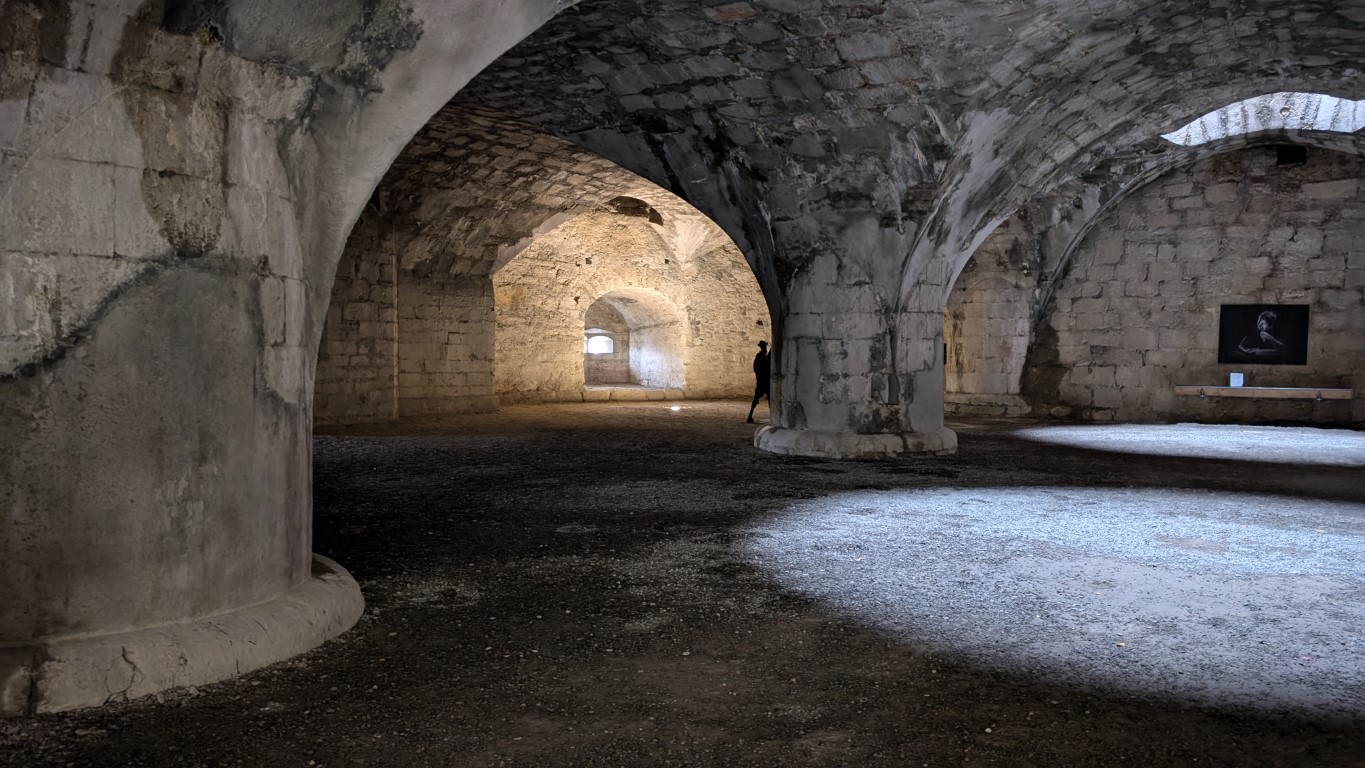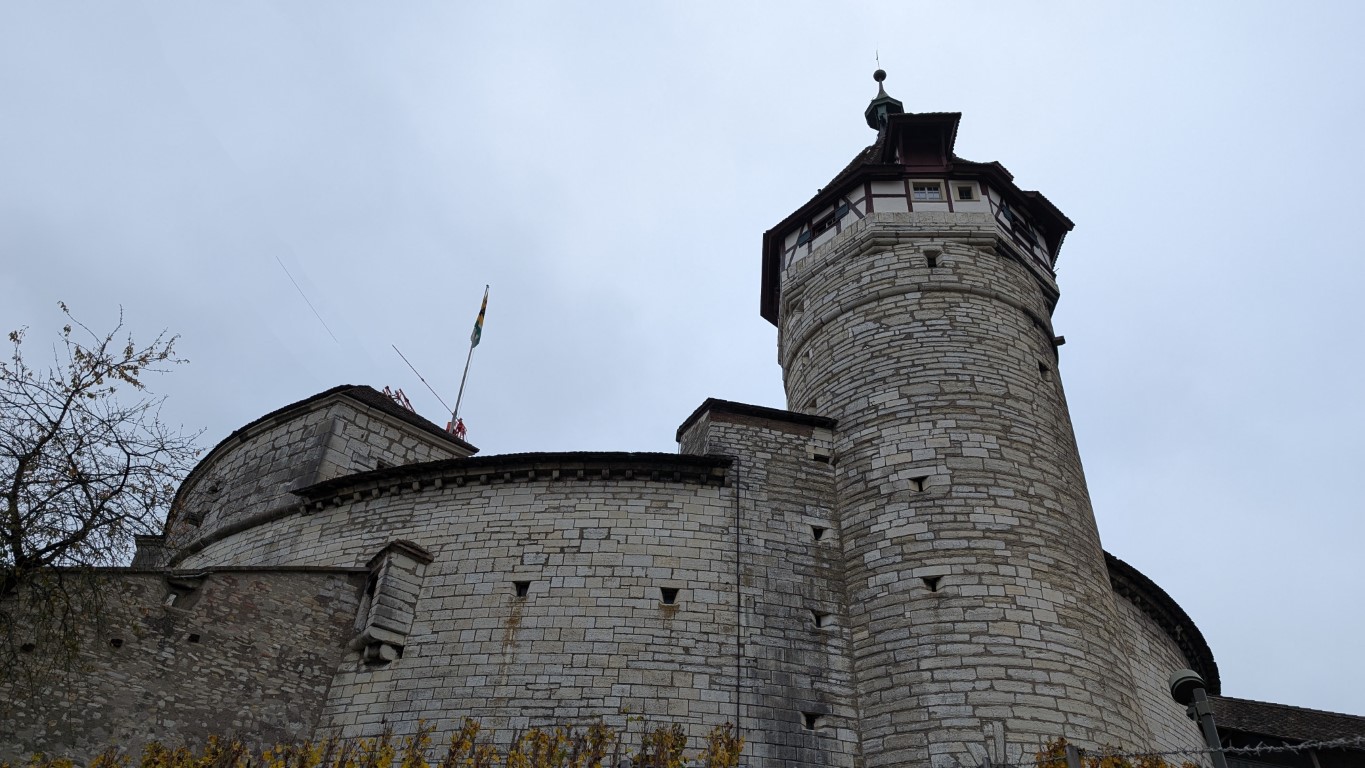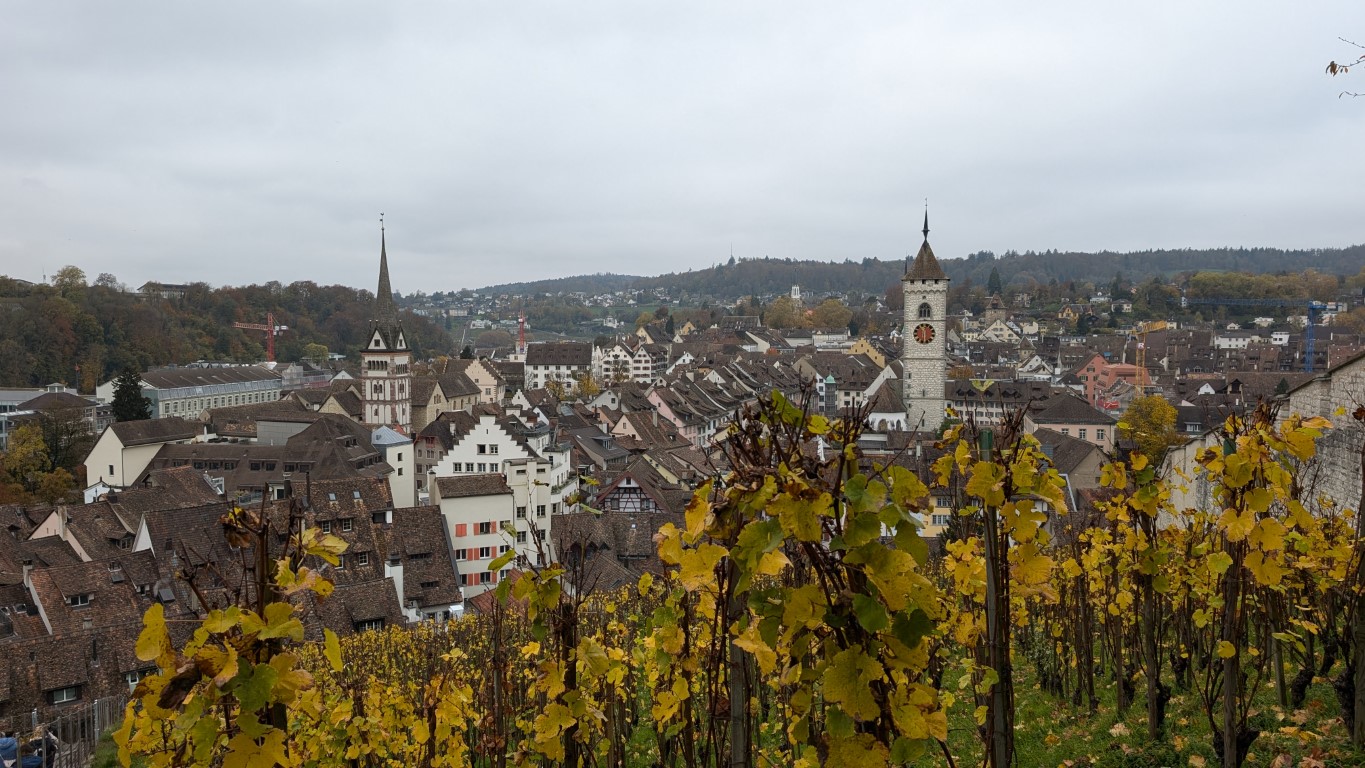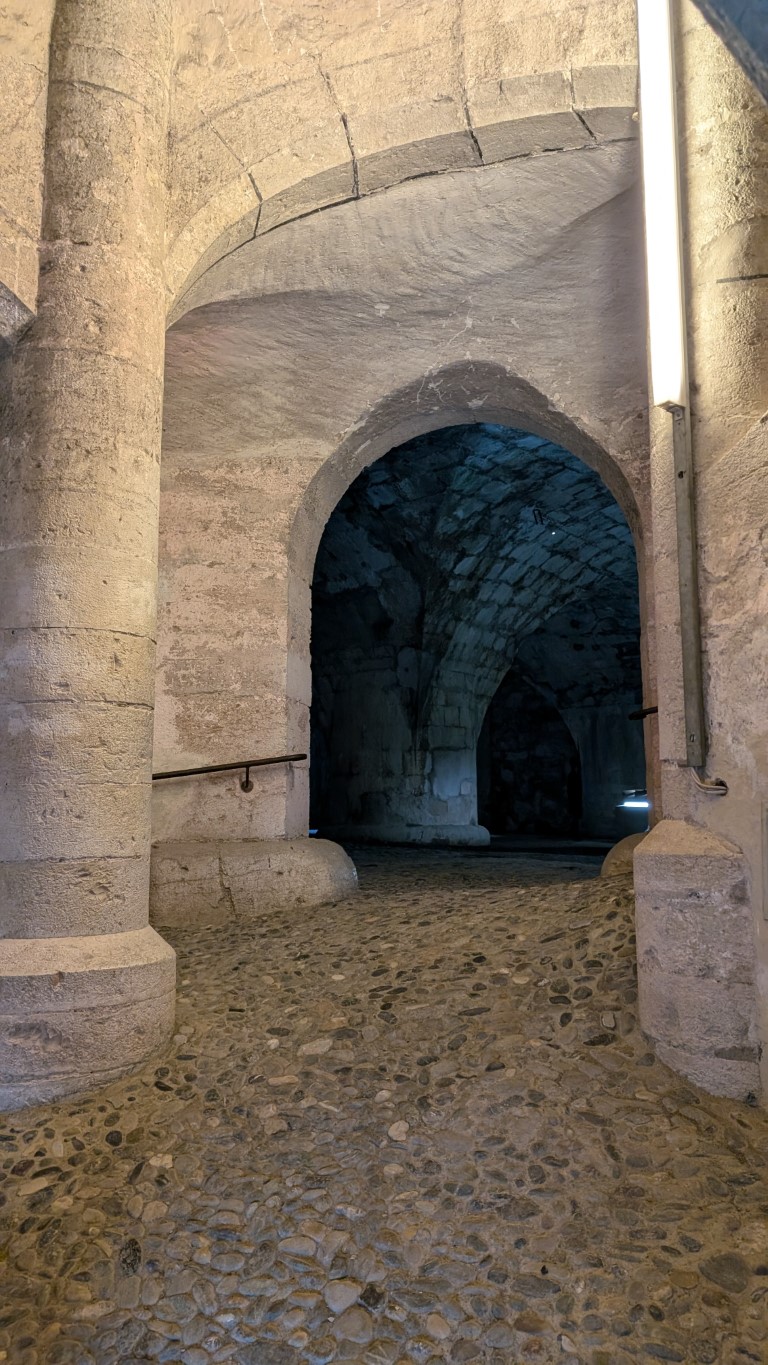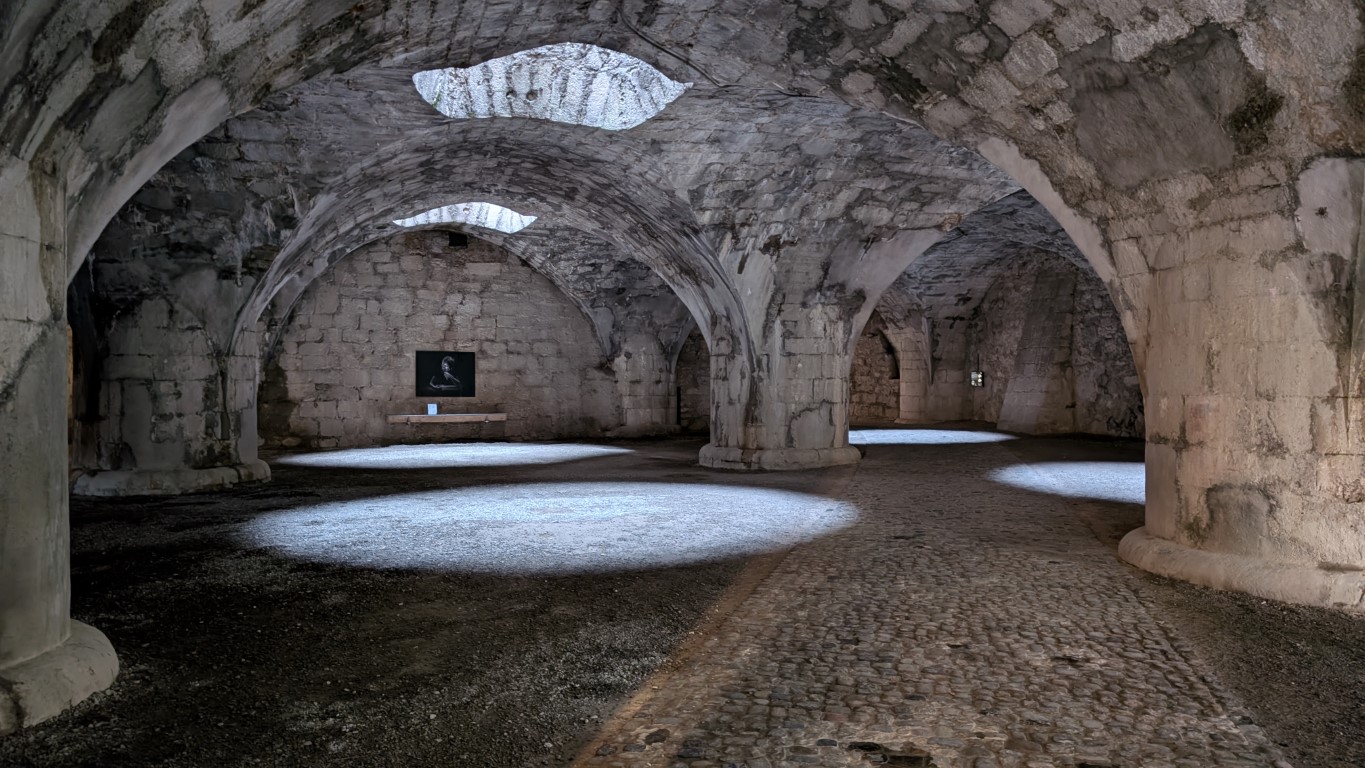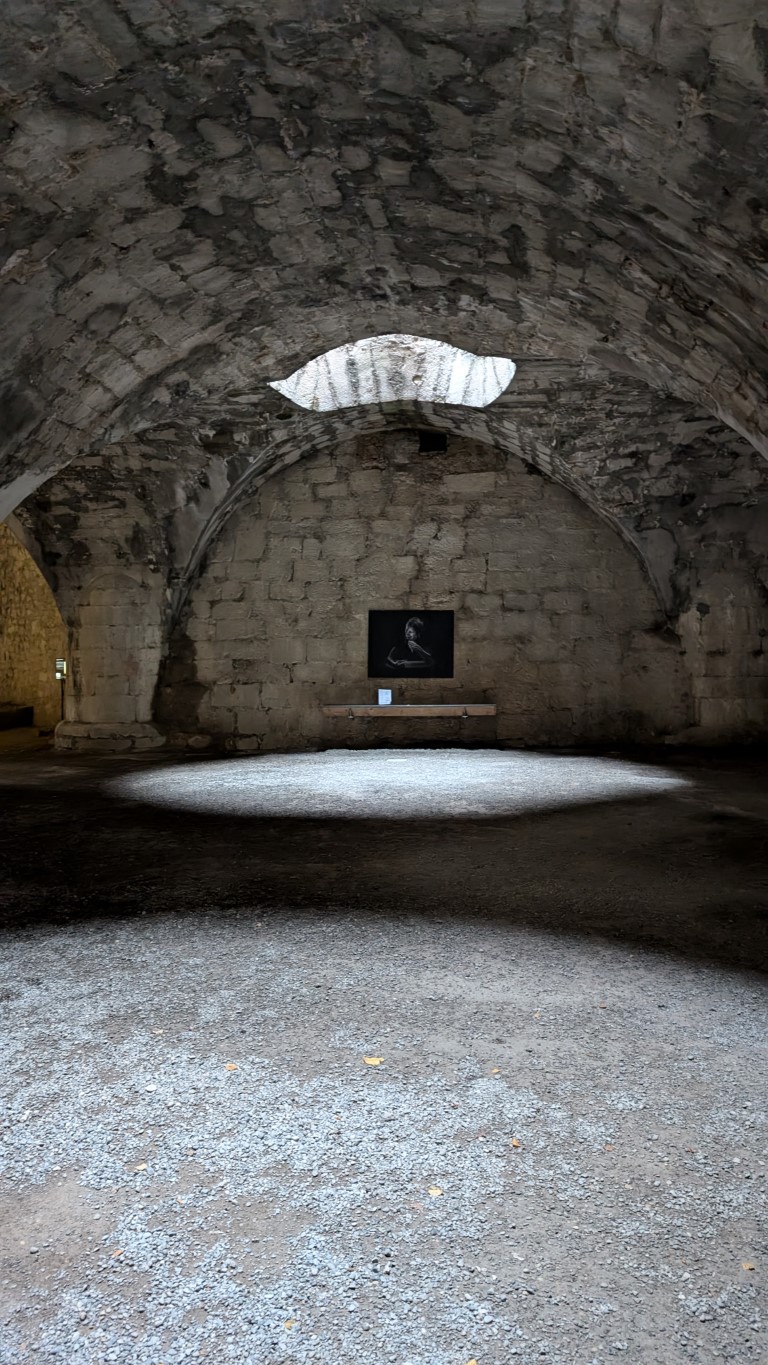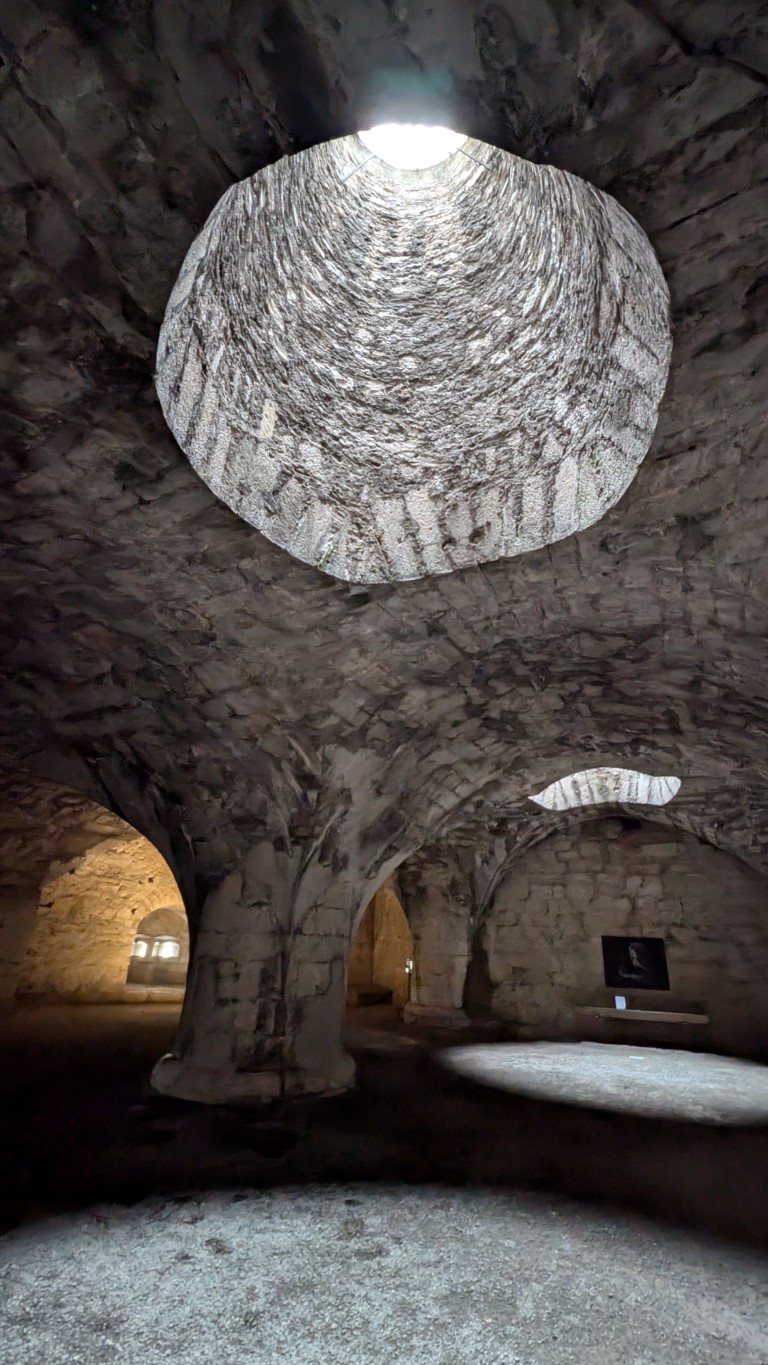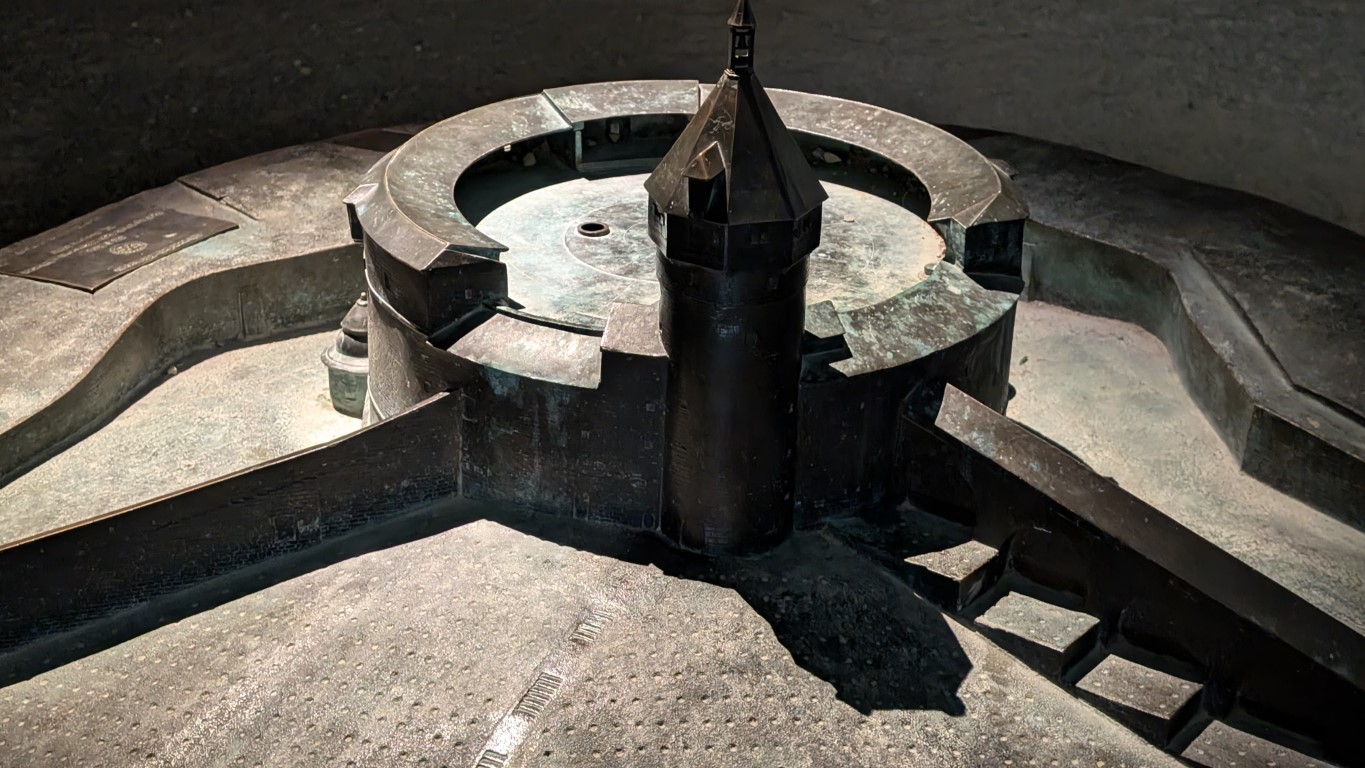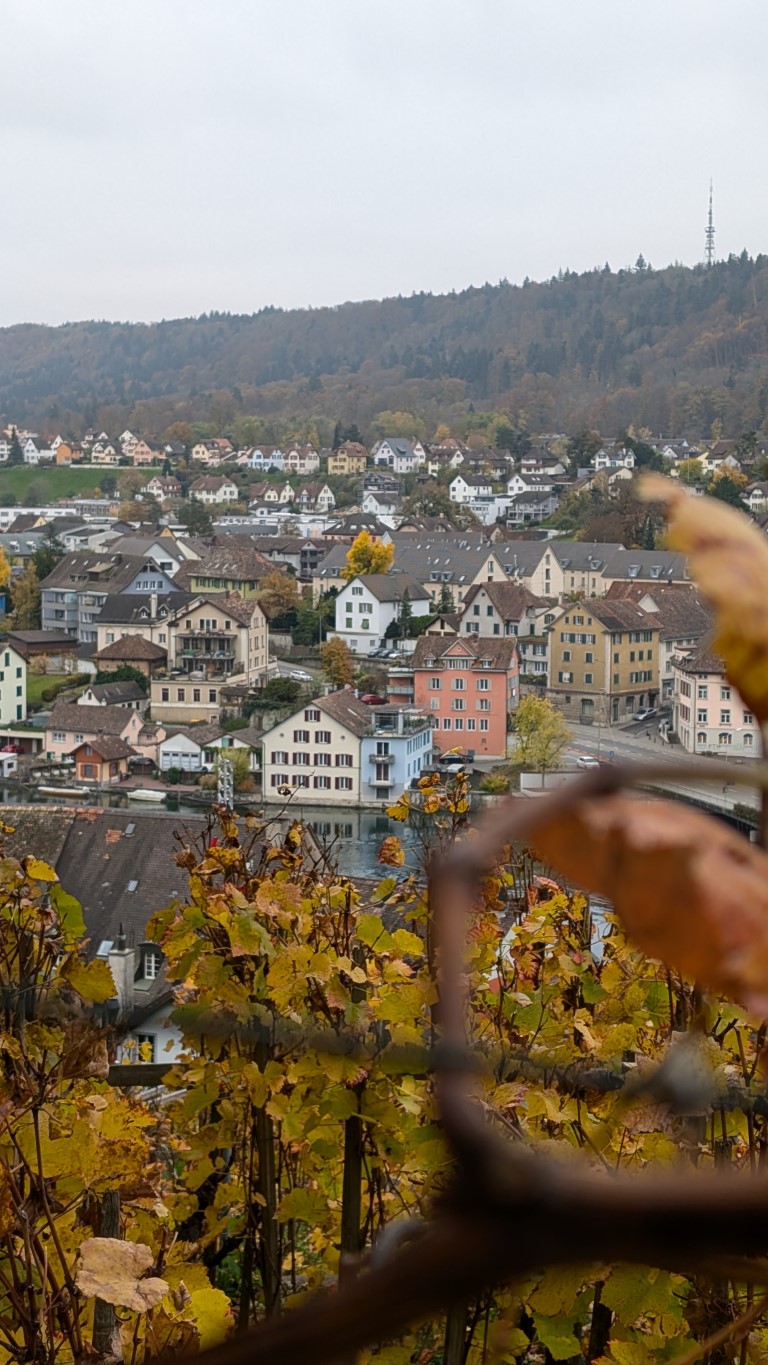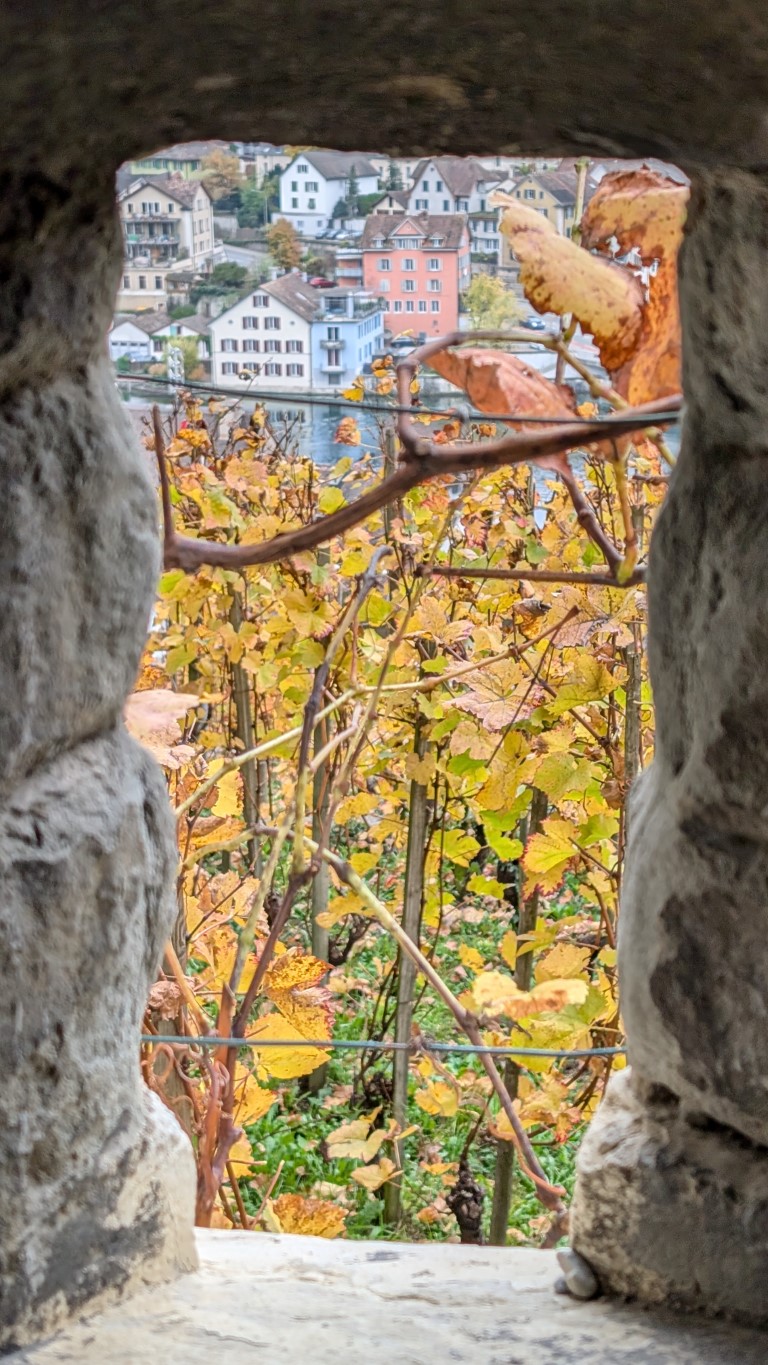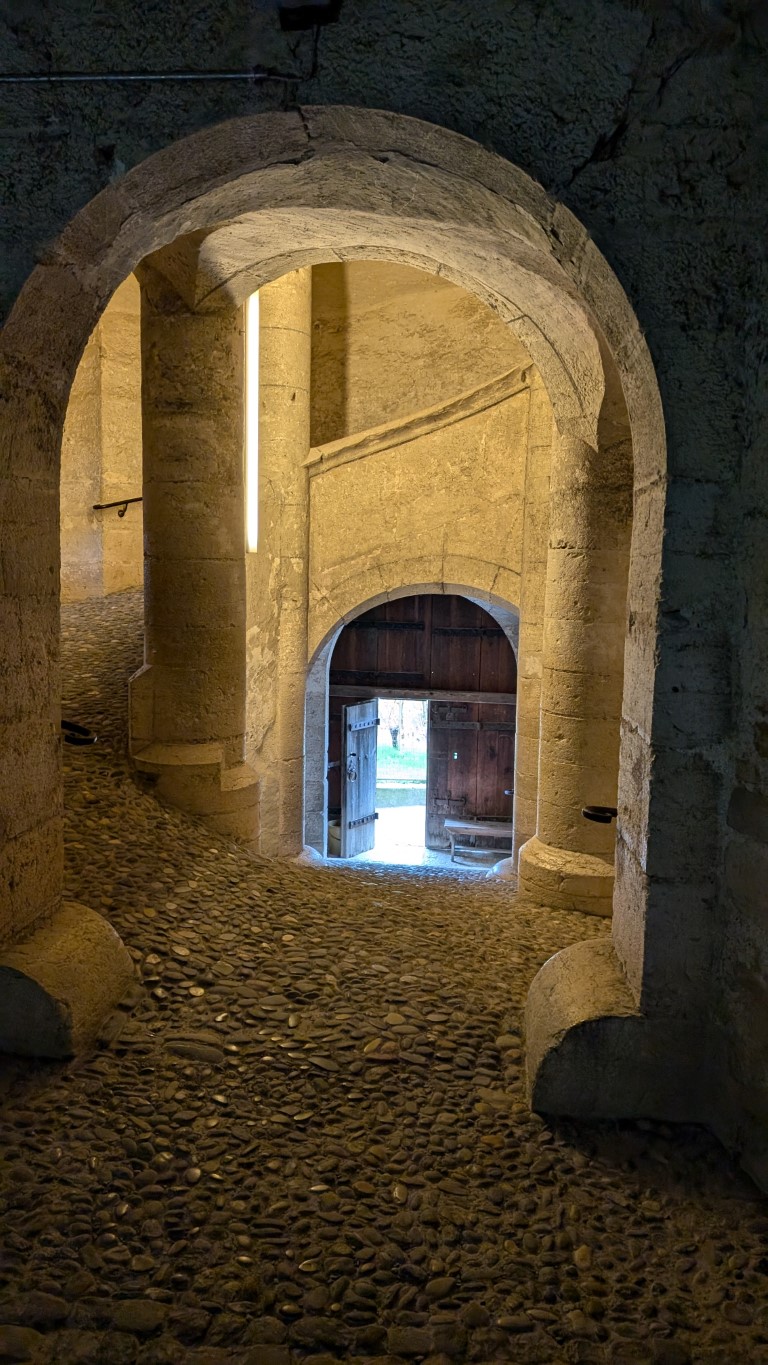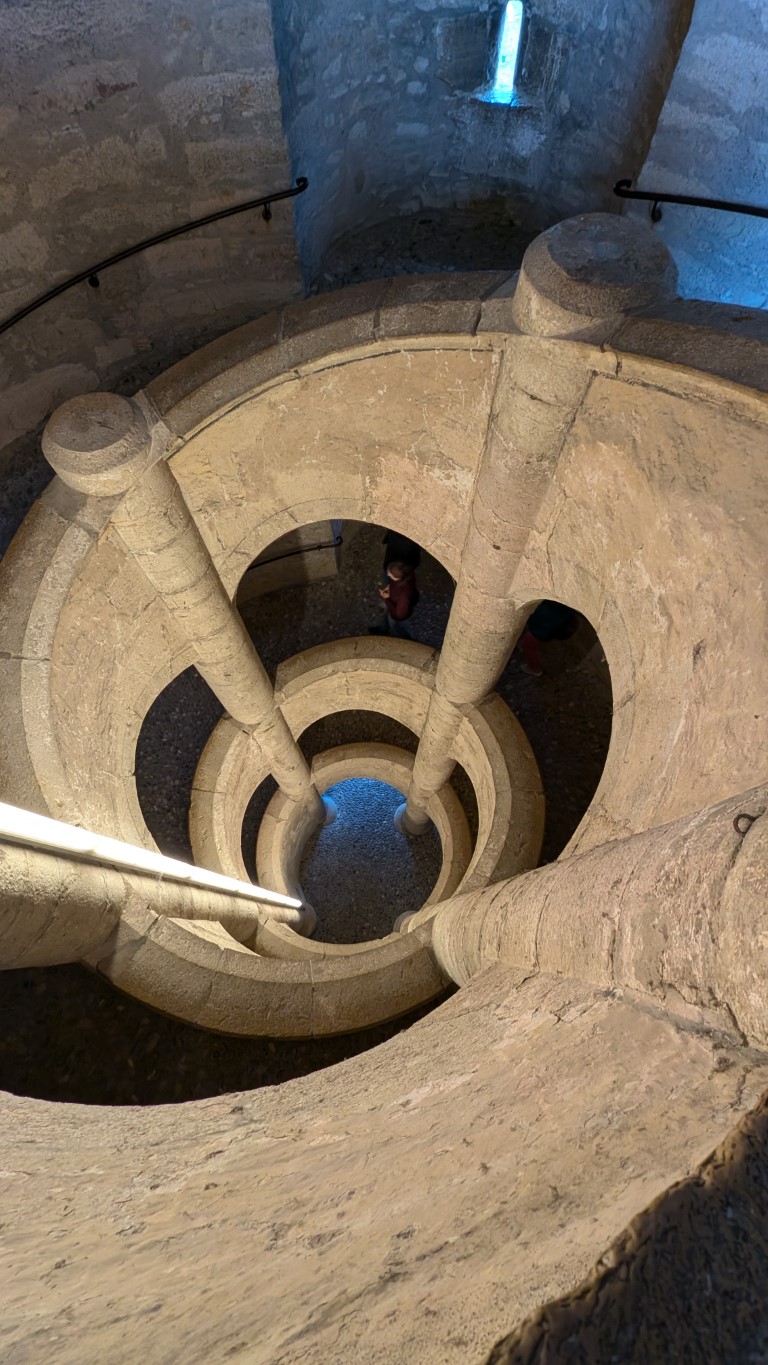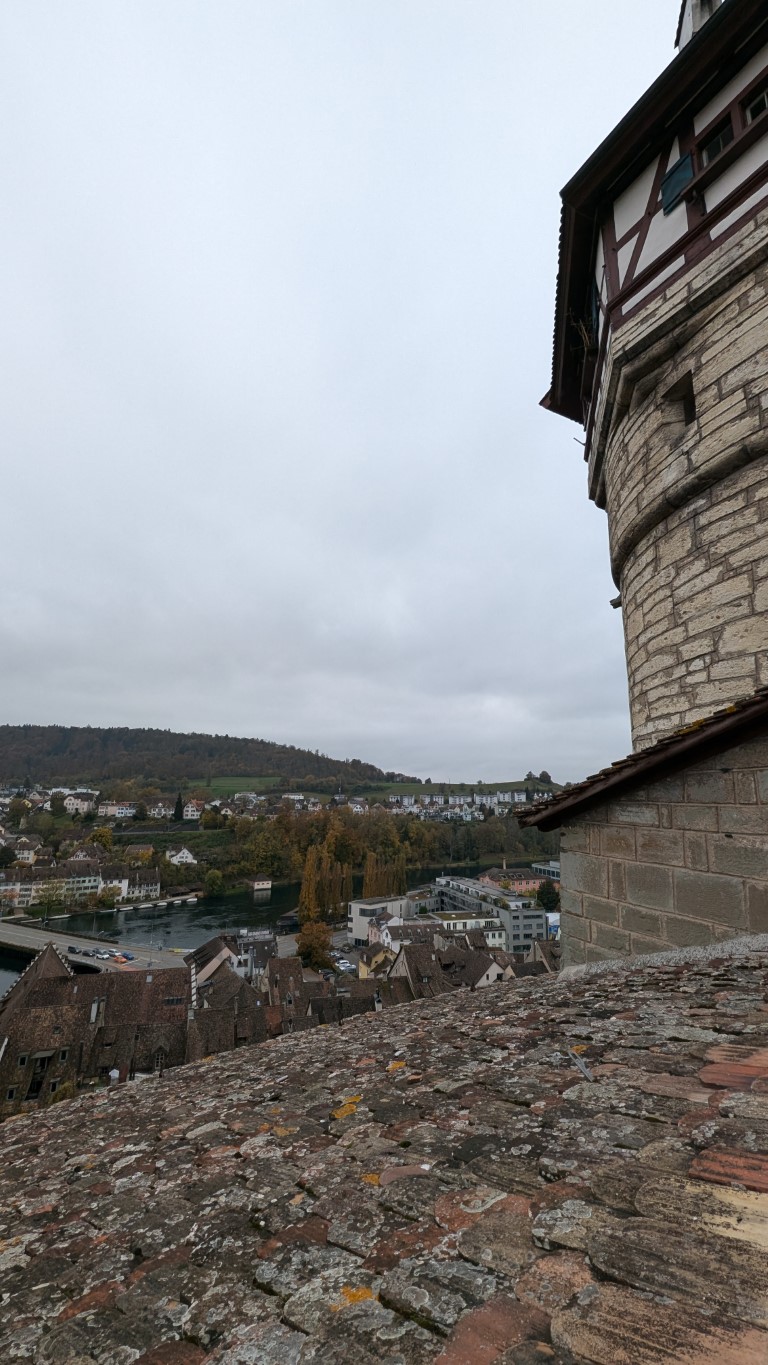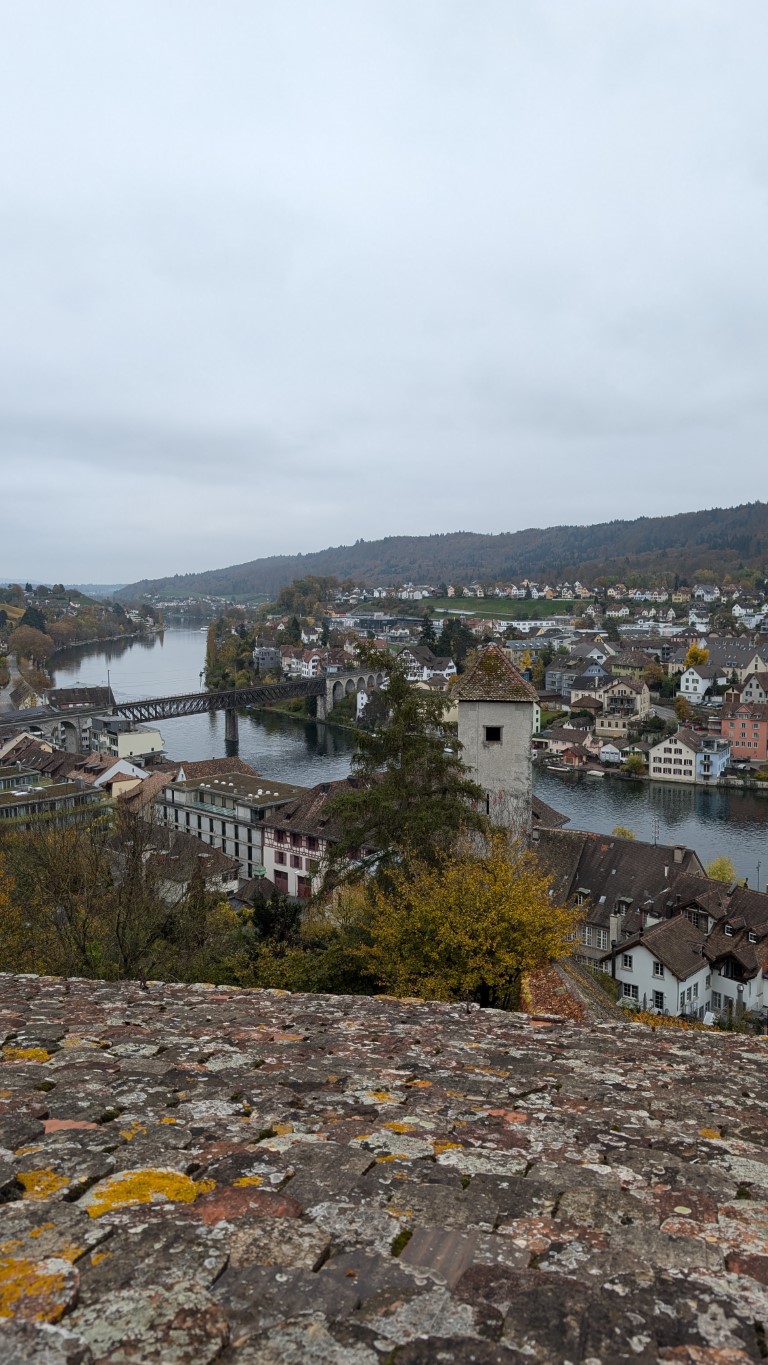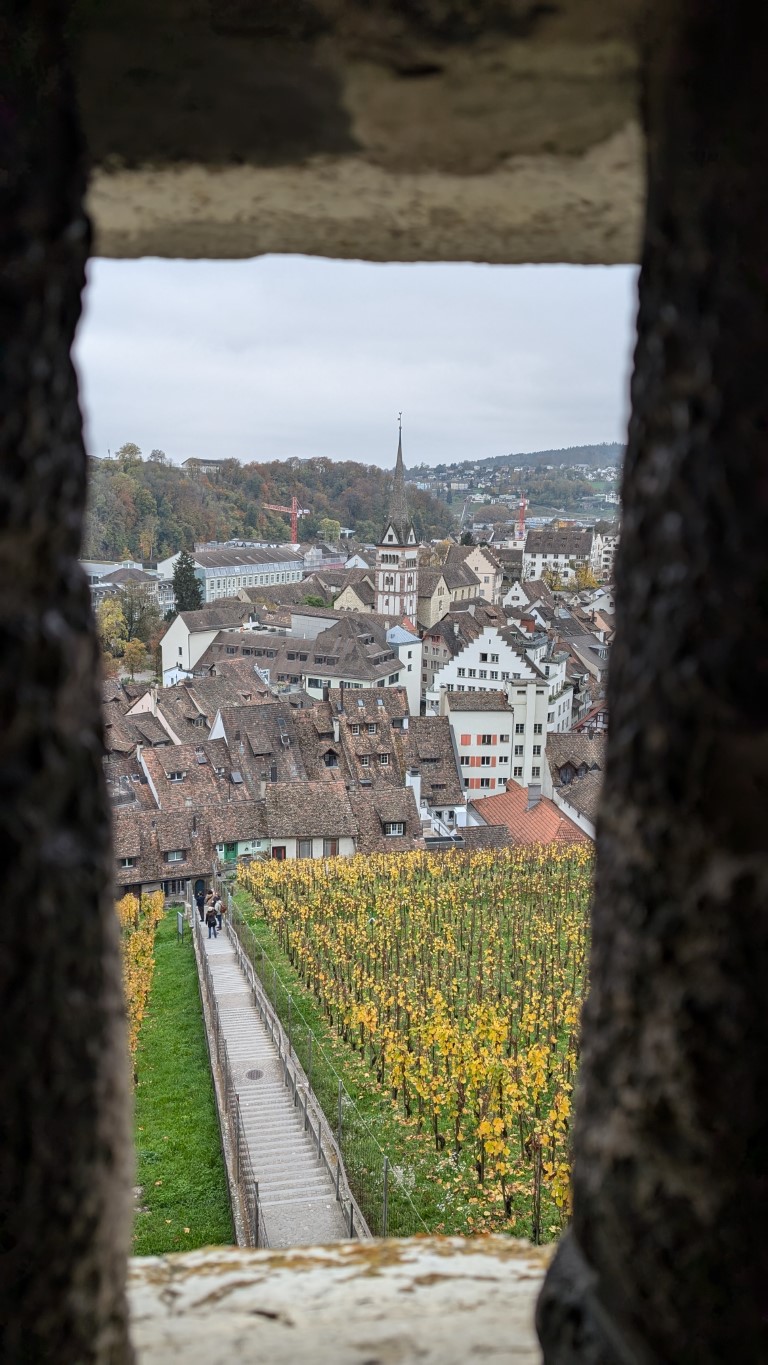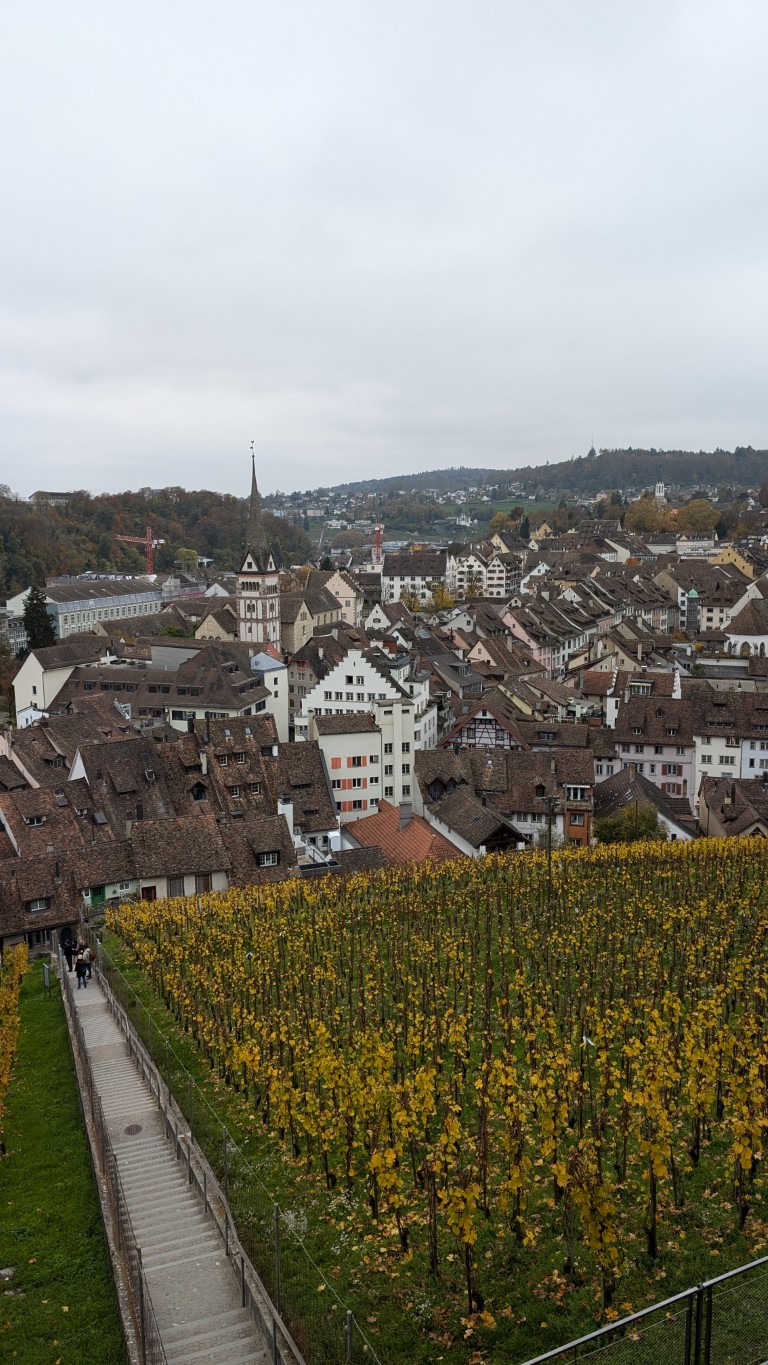In the middle of the picturesque town of Schaffhausen, the venerable Munot round fortress rises like a stone crown on the Emmersberg. For centuries, this impressive bulwark has watched over the town and the gently flowing Rhine. The Munot is much more than just a historical monument - it is the pulsating heart of the town's history and the striking landmark that gives Schaffhausen its unique silhouette.
The origins of today's fortress date back to the 16th century. Between 1564 and 1589, under the skilful hand of city architect Heinrich Schwarz, the Munot was built - a stone masterpiece made of ashlar and rubble from the surrounding Malm. Schwarz found inspiration for his architecture in the ideas of Albrecht Dürer, who masterfully sketched the transition from medieval castles to modern fortresses. But no sooner had the Munot been completed than the building pride was mixed with skepticism: Was this massive fortress even still up to date in view of the rapid developments in military technology?
The cylindrical building stands impressively with its imposing diameter of 50 meters and walls up to four meters thick. Inside, the Munot guards a stone heart - a huge casemate whose vault is supported by nine massive pillars. Light shafts open the space to the sky and capture the mood of the seasons, from golden summer glow to melancholy winter light.
The history of the Munot is marked not only by pride but also by pain. During the siege in 1799, the fortress was put to the test militarily for the first and only time. French troops had to defend themselves from the Austrians as they retreated, and the thundering cannons of the Munot rose one last time as the voice of the city. But the fortress soon lost its strategic importance and time began to tear the mighty walls apart. It was not until the 19th century that the art teacher Johann Jakob Beck did everything he could to save the Munot from decay. Thanks to his tireless efforts, the fortress was restored to its former glory in 1839 and is still looked after by the Munot Association today.
Today, the Munot is much more than a historical attraction - it is a lively place where tradition and modernity dance together. In summer, the legendary Munot balls attract visitors, where the quadrille is danced on the battlements of the fortress, a traditional dance that connects generations. The Munot Children's Festival, crowned by a sparkling fireworks display, also puts a sparkle in the eyes of the youngest visitors year after year.
A small herd of fallow deer grazes peacefully in the Munot moat, guarded by the Munot guard, who devotedly rings the fortress bell every evening at 9 p.m. - a tradition that has touched the hearts of residents and visitors alike for centuries.
The Munot thus remains not just a silent witness to times gone by, but a place that fills the soul of Schaffhausen with life, music and celebratory joy. A stone symbol that reveals itself to everyone who visits it with open arms and a history full of mysteries and wonders.
The Munot Bell
Long before the Munot took on its final form in 1589, there was a former fortress tower with an alarm bell on the Emmersberg. This so-called Annot, whose name means "without need" in Middle High German, was operated by a watchful high watchman who was supposed to warn the city of dangers.
According to legend, the noble owner of the Annot was returning from a crusade, only to be struck by a tragic fate shortly before his return home. In the dusk that fell over the forests near Schaffhausen, he lost his bearings despite his local knowledge. As he was searching for his way on his trusty horse, an unfortunate turn led him to a raging stream, where his horse stumbled and he fell into the water. Drowned before he could reach his home, he left behind a grieving wife. In memory of her lover, she is said to have donated a silver bell that from then on had to ring every evening at 9 p.m., the hour of his presumed death.
Access
The Munot is freely accessible.


